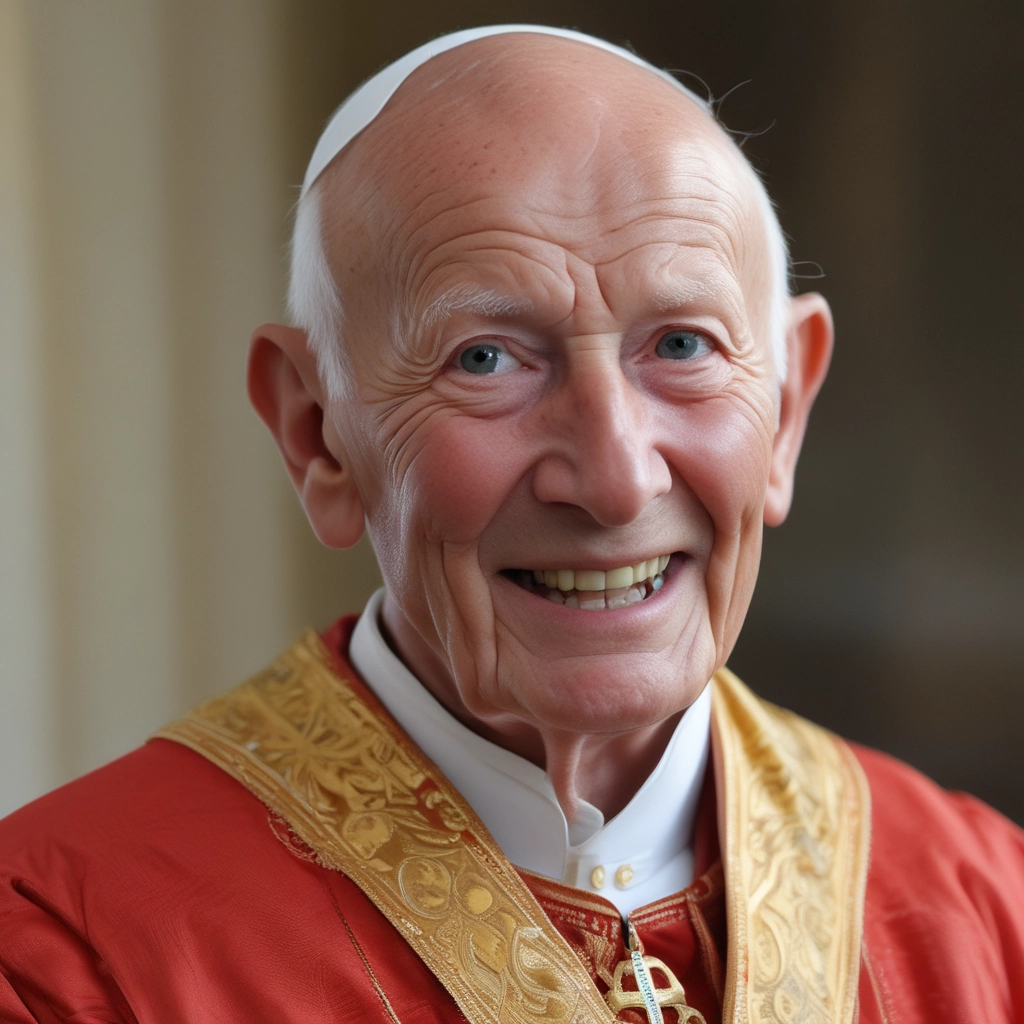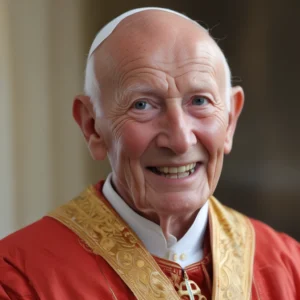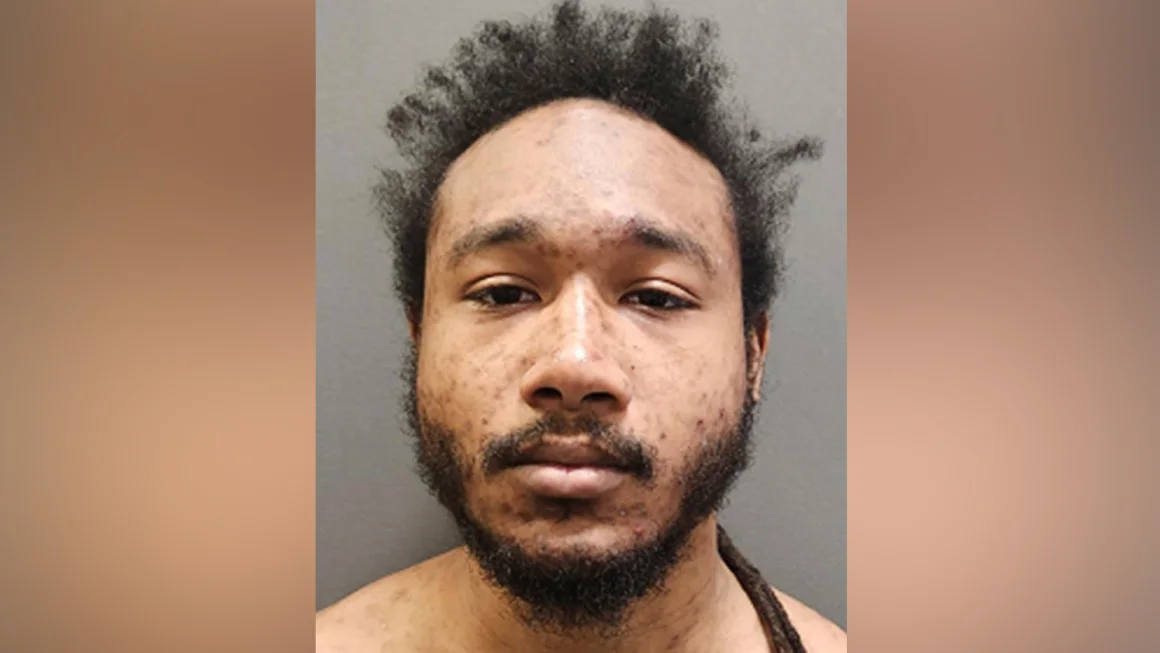Theodore McCarrick Dies at 94 Amid Abuse Scandal Legacy

The life of Theodore McCarrick ended on March 26, 2024, at the age of 94. Once a highly respected Catholic leader and cardinal, his legacy had taken a dark turn in his final years. For many, McCarrick’s name became more associated with the sexual abuse crisis than with his decades-long service to the Church.
His death, while marking the end of a life, also reopens deep wounds within the Catholic community — prompting us to reflect, ask tough questions, and, hopefully, seek healing in the process.
Who Was Theodore McCarrick?
Theodore Edgar McCarrick was once one of the most influential figures in the Roman Catholic Church in the United States. He served as Archbishop of Newark and later, the Archbishop of Washington — two very prominent roles within the Church.
He played key roles in public diplomacy, traveling overseas and being part of high-level meetings with political and religious leaders. At his peak, McCarrick was a respected voice for Catholic values in global conversations.
From Power to Downfall
However, beneath the public praise, disturbing truths remained hidden for decades. Allegations about sexual misconduct first became public in 2018 — accusations that would eventually lead to McCarrick’s complete removal from the priesthood. That marked a historic moment, as he was the first U.S. cardinal to be defrocked for sexual abuse.
His downfall was not just about personal disgrace. It became symbolic of a larger problem — a system that, for too long, had protected powerful figures at the expense of victims’ voices.
What Did the Sexual Abuse Allegations Involve?
The allegations against McCarrick were not only about isolated incidents. Investigations suggested a long pattern of inappropriate behavior and abuse spanning decades. Victims included minors and adult seminarians — young men training to become priests under his guidance and influence.
The first public accusation came in 2018, when a man said McCarrick abused him beginning in the 1970s, starting when he was just 16. That case triggered a wave of others who came forward with similar experiences.
These weren’t just rumors. Internal Church files, witness testimonies, and even letters written by McCarrick painted a grim picture. Many were left wondering — how did this go unaddressed for so long?
Vatican Response and Church Accountability
The Vatican launched a full investigation into the matter. In 2020, they released a 449-page report detailing how McCarrick was able to rise through the Church ranks despite credible rumors and warnings.
Here’s what came to light:
- Warnings were ignored: Church leaders had received reports about McCarrick for years.
- Lack of transparency: Bishops who knew of concerns failed to speak up or take strong action.
- No accountability: Structures within the Church were not equipped to handle abuse cases involving high-ranking clergy.
The report shocked many and prompted calls for more transparency. It also led to reforms that aimed to hold Church officials more accountable, regardless of their status.
Living in Disgrace: McCarrick’s Final Years
After being defrocked in 2019, McCarrick disappeared from the public eye. He lived in various facilities, including a treatment center in Missouri, before residing in a small nursing home in Kansas. Away from the spotlight, he faced multiple criminal charges, although his health deteriorated and legal proceedings were delayed.
In 2023, a judge ruled that McCarrick was mentally unfit to stand trial due to dementia. His victims never had their day in court, a fact that added more pain — and fewer answers.
A Troubled End, But Not the End of the Story
McCarrick’s death may close the book on one life, but it doesn’t end the conversation. Instead, it leaves us with unresolved issues:
- How can the Church better protect the vulnerable?
- Where was justice for the survivors?
- What more needs to be done to ensure this never happens again?
Those are hard questions — but ones that must be asked if there’s hope for true healing and reform.
What Does This Mean for the Catholic Church Today?
For many Catholics, especially in the United States, McCarrick’s downfall was a moment of betrayal. People trusted him as a leader and moral example. To learn he had abused that trust has left lasting scars.
However, it also forced the Church to confront long-standing issues:
- Systems of secrecy and silence that allowed abuse to go unchecked
- Culture of clericalism, which placed priests beyond questioning
- Failure to listen to—and believe—survivors
Since then, the Church has introduced safeguards, training programs, and transparency initiatives. But critics ask — is that enough?
As the Church struggles to rebuild trust, McCarrick’s story remains a powerful warning: great responsibility must come with even greater accountability.
Personal Reflections: What Can We Learn?
I grew up attending Sunday Mass. Like many, I believed the Church was a place of refuge and moral guidance. The McCarrick story shook that image. But it also reminded me that no institution is infallible, and that real faith sometimes means asking the hard questions.
If there’s one takeaway, it’s this: We all have a role to play in creating safer communities. Whether you’re a parent, teacher, religious leader, or simply a compassionate neighbor — staying informed and empowered makes a difference.
Let’s Not Forget the Survivors
Amid all the headlines, it’s easy to get caught up in McCarrick’s fall. But the real focus belongs on the brave people who came forward to share their painful stories. They faced stigma, disbelief, and even threats — but still spoke out. Their courage brought change that was long overdue.
If you know someone who has experienced abuse, reach out. Listen. Believe them. Healing starts with compassion — not judgment.
Final Thoughts: A Crossroads for the Church
The death of Theodore McCarrick may seem like the end of a chapter, but in many ways, it’s just the beginning. How the Church and its leaders respond in the years to come will matter far more than how they’ve reacted so far.
Will this be a turning point toward true accountability and justice?
Will survivor voices finally take center stage?
Only time will tell. But one thing is clear—this moment should not be wasted.
The Catholic Church has an opportunity to rebuild, repair, and do better — for everyone who looks to it for faith, hope, and leadership.
Let that be the lasting legacy, not just of McCarrick’s downfall, but of the courage that brought the truth to light.




